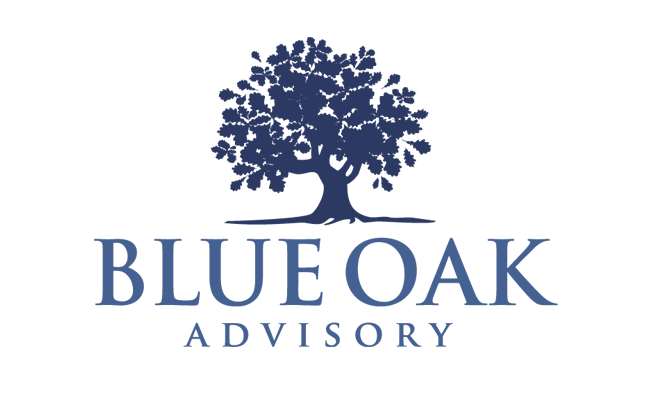Understanding the needs of clients is the foundation of any successful web development project.
It involves gathering information about the client's requirements, goals, and target audience to ensure that the final product meets their needs and exceeds their expectations. This process usually starts with a discovery phase, where the client is interviewed to learn more about their business, their customers, and their expectations for the project. The next step is to create a detailed project plan that outlines the project scope, budget, and timeline.
To ensure that the final product meets the client's needs, it is important to maintain open communication throughout the development process. This means that the client should be kept informed of the progress of the project, and any issues or concerns should be addressed as soon as possible.
Understanding the needs of the client is not just about creating a website or application that looks good, but it is also about creating a product that is functional, user-friendly, and meets the business objectives of the client. By taking the time to fully understand the client's needs, web developers can create a product that not only meets the client's expectations but also delivers measurable results.
In conclusion, understanding the needs of the client is an essential step in the web development process. It requires clear communication, detailed planning, and a commitment to delivering a product that meets the client's needs and exceeds their expectations. By following these steps, web developers can create a successful product that helps their clients achieve their business goals.
Design and prototyping are critical steps in the web development process.
Design refers to the visual and functional aspects of the website, while prototyping involves creating a rough model of the website to test and refine its functionality.
Design involves understanding the client's vision and requirements and creating a user-friendly and aesthetically pleasing interface. A good design considers the target audience, brand identity, and the overall purpose of the website. The design team works closely with the client to ensure that the design meets their expectations.
Prototyping involves creating a functional model of the website to test its usability and functionality. The prototype can be a simple wireframe or a more advanced interactive model. The goal of prototyping is to identify any potential issues and make necessary changes before moving on to development.
The design and prototyping phase also involves creating a style guide, which outlines the design elements, such as color schemes, typography, and graphics. The style guide ensures consistency throughout the website and helps the development team create a cohesive final product.
Development and testing are crucial phases in web development that help ensure the software functions as intended and meets the client's requirements.
The development phase involves coding and building the website or web application based on the design and prototyping created in the previous phase. Developers use various programming languages, frameworks, and libraries to create a functional and user-friendly website that provides a seamless user experience.
Once the development phase is complete, testing is necessary to ensure that the website or web application works correctly and efficiently. During this phase, quality assurance specialists and developers test the website's functionality, user interface, compatibility, and security. They also identify and fix any bugs or errors in the code. Testing is performed on multiple devices and platforms to ensure that the website functions as intended across all devices and browsers.
At SoftwareHouse.Pro, we follow an agile development methodology that involves iterative development and testing. This means that we deliver functional and tested parts of the project in stages, allowing our clients to provide feedback and make any necessary changes along the way. This ensures that the final product meets the client's expectations and is delivered on time and within budget.
Launch and deployment is a critical step in the web development process as it involves the actual release of the product to the public.
It is the culmination of all the previous phases of development, including planning, design, and testing. This phase requires careful consideration of various factors, including security, scalability, and user experience.
The first step in launching a web application is to select a hosting provider that is reliable and scalable. This choice will depend on the needs of the application, including the anticipated traffic volume and the available budget. Next, the application needs to be deployed on the server, which requires configuring the server environment and setting up the database.
Once the application is deployed, thorough testing must be conducted to ensure that it is functioning as intended. This includes performance testing, security testing, and functional testing. These tests will help identify any issues that need to be resolved before the application is released to the public.
After the testing phase is complete, the application is ready for release. The launch process involves making the application available to the public through various channels, including social media, advertising, and search engines. The launch process also involves monitoring the application after its release to ensure that it is performing as expected.












